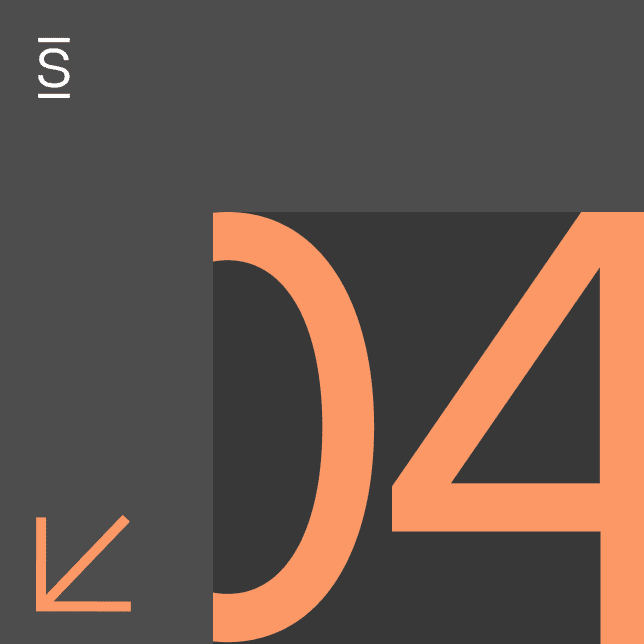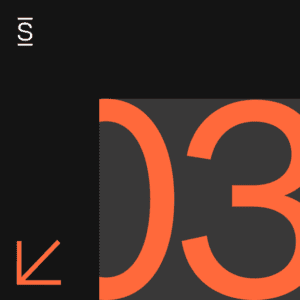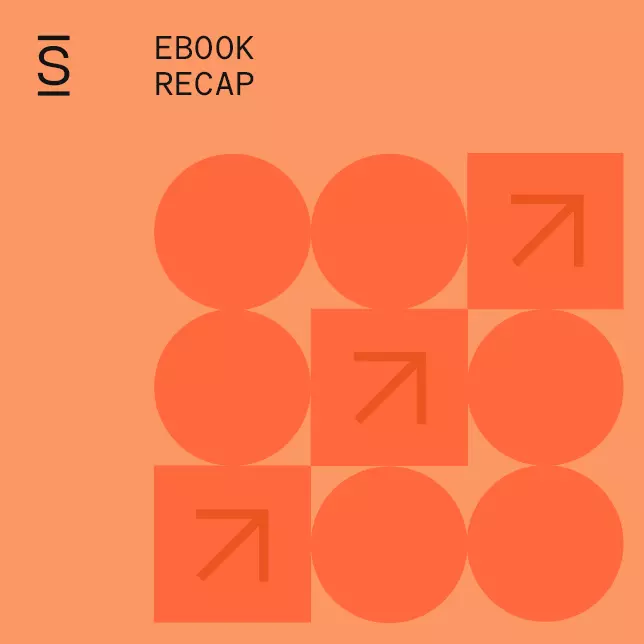When employees waste time logging into multiple platforms and apps each day, they inevitably become frustrated. Their frustration is relatable, as doing things in the most inefficient way possible can wear anyone down over time. And it doesn’t take long for this frustration to transform into resentment, naturally spilling over into their work in multiple damaging ways.
Trailblazing leaders are fully aware of this challenge and are fearlessly taking proactive measures to tackle it head-on, preventing any adverse effects.
Let’s start with a story.
Meet Talia. Talia works for a mid-sized company. Today, Talia moves through her day, heading from one virtual meeting to the next. Her inbox overflows. Messages bounce around like a pinball machine. Each task requires her to log in somewhere else. Announcements on the intranet over here. Colleagues discussing projects over in these channels. Survey to take somewhere else.
Just to check her pay details, she has to access HR systems with multiple passwords. And she can’t forget to recognize Gabe for his help on a project. There are codes and calls. Two-factor authentications that time out as she progresses from task to task. Talia feels super aggravated and trapped by the technology overload, blocking any creative ideas that had been pulsing through her brain at the start of the workday.
Navigating this many disparate apps and the scattered web of employee technology would overwhelm anyone. Talia’s struggle is far from unique.
There are now more than 8,000 Martech tools available and businesses, on average, are using 75 of them. And the numbers go well beyond that company-wide, in fact, and it’s entirely irresponsible, not to mention counterproductive.
Requiring employees to juggle an overwhelming tech stack is irresponsible and counterproductive.
Martech inhabits just one corner of an organization, so there are far more than 75 applications at play in many mid-sized companies. It may not sound like a lot, but they add up quickly. Consider all of the basic apps we use for email, meetings, messaging, document management, design, social sharing, client and customer management, inventory, A/P, and so on. According to the 2023 SaaS Management Index by Zylo, the numbers are shocking.
They share that survey respondents often underestimate these numbers, so this index relies on “hard, empirical data of actual SaaS subscriptions.” From this data, we learn that these SaaS apps are often siloed, as “the largest portion of the spend (63%) as well as the number of app subscriptions (45%) are paid for by business units themselves.”
There’s also a small percentage of “Shadow IT subscriptions” that individual employees expense for singular use. This is also important as although these subscriptions “account for a relatively small percentage of spend: a mere 6% . . . those individually purchased subscriptions add up to 37% of the total number of apps.”

So, yes—technology has been democratized, but not in the way anyone intended. These apps have become a logistical nightmare on every front and we’re at a tipping point.
The digital employee experience we know today—asking employees to juggle multiple platforms and overloading them with technology to accomplish tasks, connect, and communicate—should be in the past, but instead, we’re digitally drowning in them.
Saving digitally drowning employees with a single source of truth.
Employees have been treading water in the digital chaos for too long. They recognize that constantly switching between apps to complete their work is unproductive, inefficient and slowly killing the company. And frazzled employees hopping between apps and struggling to meet deadlines can lead to an inadvertent data breach, as one part-time accountant learned when “she inadvertently sent a sensitive company document to the wrong person.” But that’s far from the full toll.
“In a 2022 Harris Poll survey of more than 1,200 workers and executives, bosses estimated that their teams lost an average 7.47 hours—nearly an entire day—to poor communications a week. Based on an average salary of $66,967, the lost time translates to a cost of $12,506 per employee a year.”
Progressive organizations and teams are beginning to understand the need for a more unified digital experience. And they seek to connect, communicate, and build culture in one unified digital experience platform—one place that acts as a hub for all relevant elements. A single source of truth.
It’s a place where important news lives alongside easy access to employee recognition capabilities. Where one can comment on an internal article and watch the latest company all hands, and also see the day’s tasks presented in an easy-to-complete flow. It’s where employee records interface seamlessly between HR systems.
It’s a modern intranet. A platform that brings to life the employee experience, where everything is just a click of a button away. And it should top any company’s tech priority list in 2023, particularly if they hope to retain top talent.
“The extremely low and slow rate of investment that companies have made in modernizing internal platforms to improve the employee experience is unacceptable, especially when compared to the enormous tech investments they’ve made to improve the customer experience. Your employees are all somebody else’s customers. So they know what good is and they bring those expectations to work with them. If you aren’t meeting those expectations, then some other company will.” Jason Anthoine, managing founder of Audacity.
It is time for EX practitioners to demand more.
It’s time for EX practitioners across IT, Comms, and HR to unite on the technology overload and tech stack conversation and make the case for unification. And it’s really not a difficult case to make! The conversations are already happening but require a solid nudge to break through the noise and gain momentum. A recent statistic from Gong (a platform that captures and analyzes customer interactions) shows that “tech stack consolidation” mentions by prospects have increased 292% in the last two years.
It’s a strange disconnect, as companies are burdening the exact people they’re expecting to be productive, efficient, and connected. During a time when talent retention is a top concern, one way to keep your top performers requires a bit of introspection and investment in an a holistic, intelligent platform that anticipates your employees’ needs. A platform that can help you connect and support your employees at a time when employees who feel “disrespected” are leaving for more positive pastures in droves (57%).
You need a platform that tells you what’s working and what’s not, and also reveals why—the sentiment flowing beneath he issues, so you also know how to fix them.
This conversation about technology overload isn’t new. Companies are already aware that there’s a problem with having too much tech and they’re working to consolidate, but it’s an ongoing struggle with most organizations making little headway. This is because internal communications need to be part of this consolidation conversation for the effort to be successful.
Bring internal comms into the consolidation conversation.
If you aren’t already part of the consolidation conversation or pushing for it, here are several reasons why it’s time to have that conversation:
- Cost savings: One of the biggest drivers for tech stack consolidation is cost savings. By reducing the number of tools and platforms used, companies will save money on licensing fees, maintenance costs, and IT infrastructure.
- Streamlining operations: Having a large number of disparate tools leads to inefficiencies in workflows and communication, which slows down operations. Consolidating the tech stack helps streamline operations and improves productivity.
- Better data management: Using too many tools inevitably creates business unit specific data silos, making it difficult to get a complete picture of the business. Consolidating the tech stack centralizes data and make it easier to analyze and act upon.
- Improved security: Using a large number of tools creates internal confusion and also increases the attack surface for potential security and data breaches. Consolidating the tech stack reduces this risk by minimizing the number of entry points for cyber threats and eliminating the frazzled mindset plaguing your tech-fatigued employees.
And when considering how to unify your tech stack, make sure you have the entire workforce in mind, as frontline and deskless workers are often overlooked in this planning—and this is a fatal flaw.
Tech consolidation must accommodate frontline and deskless workers.
A consolidated employee experience tech stack should serve as a powerful hub to bridge the gap between desk-bound employees and those working in the field or away from a desk. By leveraging a centralized platform, organizations can effortlessly disseminate important information, updates, and announcements to frontline workers in real-time.
Whether it’s sharing policy changes, operational updates, or safety protocols, the platform ensures that all employees receive the information simultaneously, regardless of their location.
This inclusive approach eliminates the typical challenges and frustration associated with reaching deskless workers. Communication becomes seamless, efficient, and accessible to everyone.
A unified platform enables interactive feedback mechanisms, surveys, and instant messaging, fostering two-way communication and empowering frontline workers to engage with the organization actively rather than reactively, as is often the case today.
At the end of the day, companies are realizing that a consolidated employee experience platform is the best way to overcome communication barriers, enhance engagement, and create a more connected and informed workforce. This is how leading companies plan to win the talent wars, as they raise the bar on operational efficiency and employee satisfaction, creating cultures that attract top candidates. And these top performers are free to direct their creativity and focus on things that matter—tasks they were hired to do, which ultimately results in improved customer acquisition and retention. It’s a win-win for everyone involved.
Reach out and we’ll show you how to take those first steps toward consolidating that tech stack and enhancing your employees’ day-to-day experience, as well as their productivity!

















